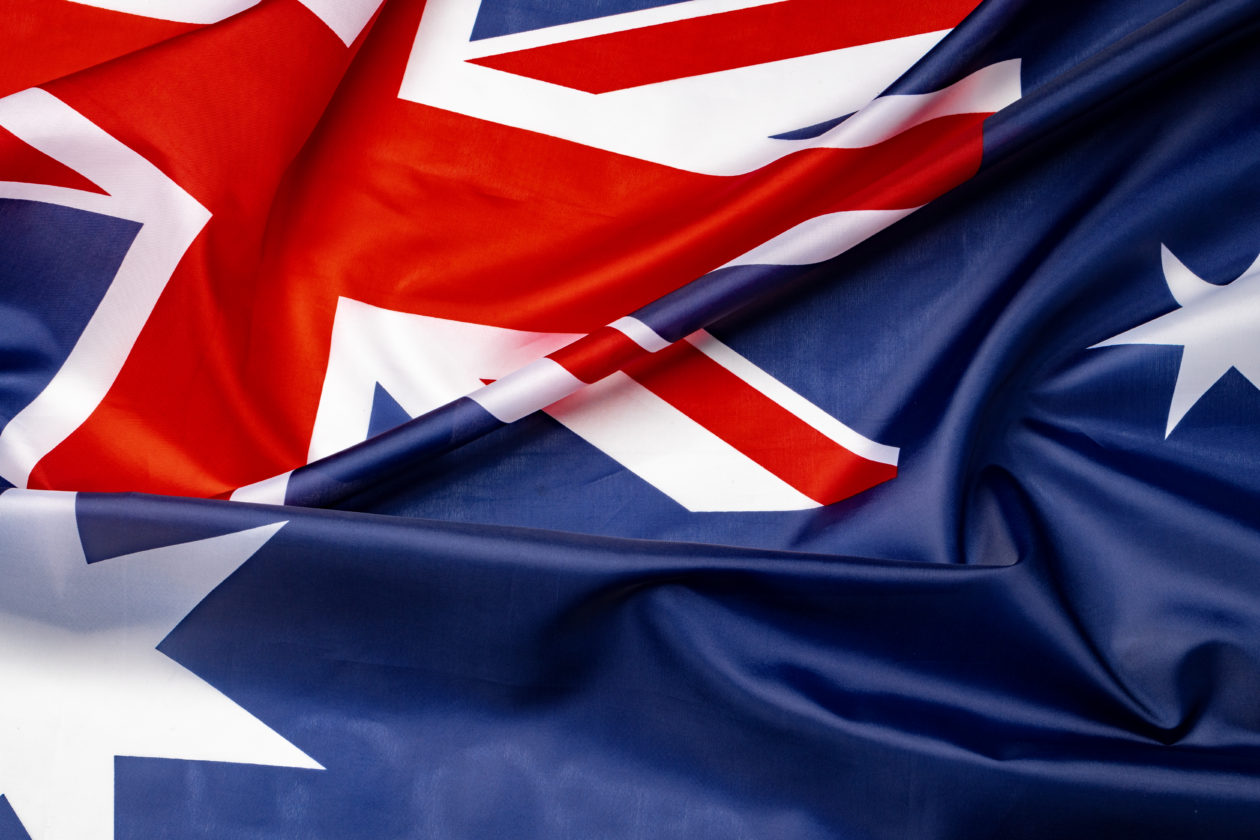In a little more than a decade since it was first introduced, blockchain has emerged into the mainstream as a cost-effective, secure and rapid way to conduct a wide variety of business transactions, from tracking the movement of funds and goods to smart contracting, identity and credentialing. It has the potential to fundamentally change the way we govern ourselves, do business and conduct our personal lives online.
Australia is positioning itself to take full advantage of the economic benefits associated with blockchain by challenging researchers and companies to devise innovative applications and solutions as part of the National Blockchain Roadmap. The Australian government is one of the earliest adopters of this approach, which is one that other nations might examine for their benefit. Let’s take a look at it.

Before we get into the details, it’s worth knowing the economic stakes, which are high. Blockchain is expected by 2025 to generate a global business value of more than US$175 billion per year; by 2030, that figure will reach at least US$3 trillion. Given the rapid development of blockchain technologies worldwide and Australia’s relatively recent participation in developing the technology, it is perhaps not surprising that the national government’s approach is one of applied strategy — investing in the ecosystem, conducting trials and experimenting with new applications.
Developing a national blockchain strategy when the technology is already fairly well developed means that the Australian ecosystem can start from a high bar, learning from the trial-and-error results published by global researchers, seeing more clearly where the best opportunities are, and recognizing where the most advantageous partnerships lie.
Because blockchain is fairly nascent in Australia, the government is taking the lead, encouraging industry and researchers to innovate against real-world problems that involve public services (such as developing smart cities, energy regulation and taxation). Funding is directed at building an ecosystem — small and specific at these early stages — that can grow organically once confidence in the market has been established. If the efficacy of blockchain can be demonstrated in relation to common problems experienced by companies, citizens, and branches of government, then the technology is more likely to be widely adopted.
This is obviously a very different approach than has been taken in other nations, where blockchain developers and innovators have had to spend a lot of time and money convincing governments that the technology deserves widespread trust and adoption beyond cryptocurrencies. While other countries are today conducting niche studies and producing white papers, the Australians are applying blockchain to industry and government challenges and seeing how it actually works. Essentially, the Australian Blockchain Roadmap represents an effort to take blockchain out of university labs and the world of niche financial transactions and move it into the everyday work of the government. It will demonstrate use cases that benefit businesses, regulators and citizens.
The Australian government has committed to funding two pilot projects — one in the Critical Minerals sector and one in the Food and Beverage sector — at up to A$3 million, or about US$2.2 million each, to demonstrate the potential of blockchain technologies. Each project team is expected to generate and share findings to further advance blockchain understanding and adoption by other innovators, as well as to contribute to extensions and revisions to existing approaches. As you can tell, this is a very different approach than the traditional “close to the vest” stance taken by commercial blockchain developers.
The company of which I am CEO is the recipient of one of these grants. Our mandate is to apply blockchain capabilities to simplify excise tax compliance and remittance processes for the Australian Spirits sector. Our project will use smart contract automation and a digital bonding process that leverages a stablecoin and customized interfaces for industry participants and regulators.
Importantly, we will share our learnings with industry and regulators so that regulators and businesses alike can gain a better understanding of how blockchain technology works and how it can solve problems that they experience every day.
Here’s an example:
The Australian government is hoping to learn how/whether blockchain and associated technologies (such as smart contract automation and a stablecoin) can automate calculations, the movement of money and tax remittances. The concept of using a stablecoin (a cryptocurrency whose price would be pegged, for example, to the Australian dollar or physical commodity) is also being examined for use both in the tax-and-excise context as well as more broadly by innovators and others in Australia. Our goal is to design a blockchain capability which significantly improves efficiencies for industry and regulators (this may involve automating tax calculation and triggering tax payments using a stablecoin).
Our project takes a collaborative approach to discovery, design and technical considerations, and brings together industry, government and regulators to figure out how/if the solution will work in a real-world scenario. We’ll trial our solution with a small group of spirits producers and will carefully measure and communicate the impact on them. Finally, we’ll report the results, including all legal, regulatory and technical implications involved in adopting blockchain technology in this specific application.
Consider the impact of involving tax and supply chain regulators in the development of these blockchain technologies: it will put them leaps and bounds ahead globally with regard to digital asset policy and innovation.
If it’s successful, the pilot will enable real-time tax payments that provide real-time industry oversight. Obviously, the implications for saving human work hours, resources, and reducing both errors and imperfect payments are massive and extend far beyond the single instance of the Australian spirits sector.
While other countries — including, for example, APAC nations South Korea (critical infrastructure) and Malaysia (the Melaka Straits City blockchain city), are adopting blockchain for public services, the Australian government’s progressive choice to fund a strong national blockchain research component sets the stage for significant innovation. As the National Blockchain Roadmap states: “Technology, science and industry, working hand in hand, is where we can solve the real-world problems of today and grow the businesses and sectors of tomorrow. We are committed to making sure that we build an economy, that we improve productivity and that we create jobs.” We will be excited to report back to the world the findings and the results of our project.




